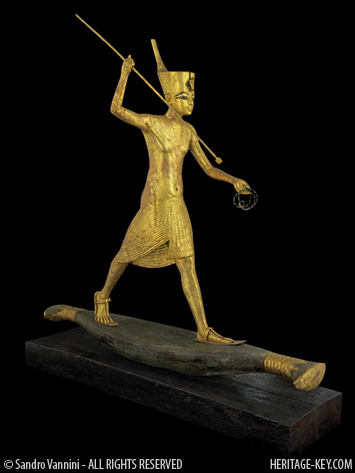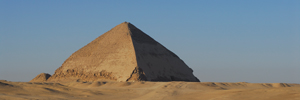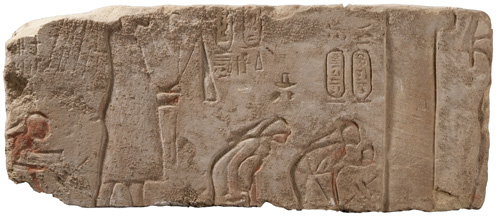 Two ancient mastodons recently discovered in Northern America suggest that the Clovis people of the region, thought to have brought about their own extinction, may have been blasted by a massive exploding comet from outer space.
Two ancient mastodons recently discovered in Northern America suggest that the Clovis people of the region, thought to have brought about their own extinction, may have been blasted by a massive exploding comet from outer space.
The mastadons – one from a site in Upper New York State, the other in the Royal Ontario Museum (ROM)in Toronto Canada – reveal evidence that a comet may have exploded above Northern America 12,900 years ago.
The Clovis people, who inhabited Northern America at the time, were big game hunters. Until recently, it had been thought that they had contributed to their own destruction by over-hunting. Some of their techniques were uneconomical to say the least, and it was widely thought that they had hunted the mastadons and other game to extinction.
But recent findings of so-called ‘black mats‘ (thick, black, organic layers) in the region have suggested that most large animals in the region were wiped out instantly and similtaneously, and that temperatures plummeted shortly after this event.
These findings suggest that a comet may have exploded over North America 12,900 years ago. This comet explosion would have put particles into the atmosphere that cooled the environment, causing mastodons, and other Pleistocene megafauna, to become extinct. After the explosion the surviving humans would have had to adapt to their new environment changing their tools to hunt smaller game such as caribou. The cooling temperatures, and lack of big game, would have caused hardship, with some studies suggesting that there wasa population decline in the Americas.
This comet theory first appeared in2007 when a team of scientists published evidence that soil strata at several Clovis sites had traces of iridium and nanodiamonds – strong evidence for a comet explosion. Since that time scholars have been trying to find more proof that it occurred and get a better sense of what impact the comet explosion had on the ancient people of the Americas.
Dr. John (Jock) McAndrews, a botanist and Senior Curator Emeritus at the ROM, has been trying to find evidence on mastodon tusks to confirm this theory.
Crystal, but as yet Unclear
 The two tusks that Dr. McAndrews studied date from the exact time the explosion is believed to have occurred -12,900 years ago. Both tusks have magnetite crystals on them.
The two tusks that Dr. McAndrews studied date from the exact time the explosion is believed to have occurred -12,900 years ago. Both tusks have magnetite crystals on them.
Hetold Heritage Key that the comet would have exploded in the atmosphere over Northern North America.They would have had a fluffy composition of water, dust, iridium and other elements that would have showered anyone, or anything, unfortunate to be in the way of the explosion.
The ROM mastodon had these crystals on the upper-half of its tusk. It would have been walking around (or lying dead) when this debris rained down on it, causing crystals to form on that one part. Its hard to say how much harm this would have done to the animal, or to any humans in the area. Most of the debris would have impacted the skin which, unfortunately, has not survived.
Dr. McAndrews was careful to point out that this isnt a sure thing yet. Magnetite crystals do form on earth. Theres a test that determines if magnetite crystals have an extraterrestrial source. He told me that he is getting his samples looked at in a lab in California, and is awaiting results.
If McAndrews tusks check out it will provide hard to repudiate proof that this comet explosion occurred (mastodons didnt walk around with extraterrestrial minerals on their tusks).
Recurring Problem?
Unfortunately, the supposed Clovis comet is not the only natural catastrophe to have shaped human history. McAndrews pointed out that a small comet, not much bigger than a human, hit Siberia nearly 100 years ago (the Tunguska event). It flattened the landscape, felling forests. Fortunately it was a little bitty comet and hit an area with few people. A similar-sized comet appears to have slammed into ancient Egypt at some point too – King Tut has a conversation-starting piece of jewellery to testify to that.



